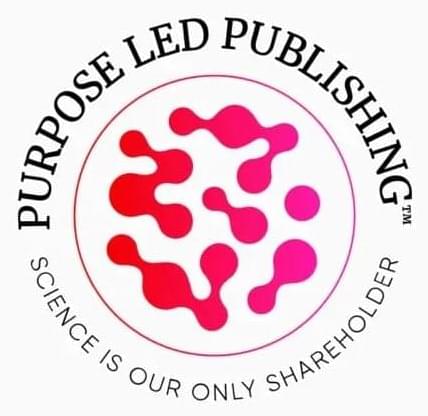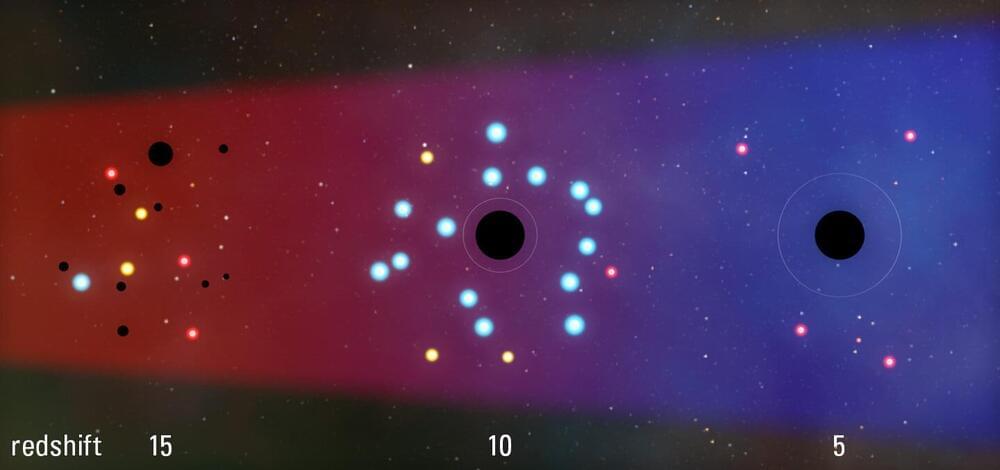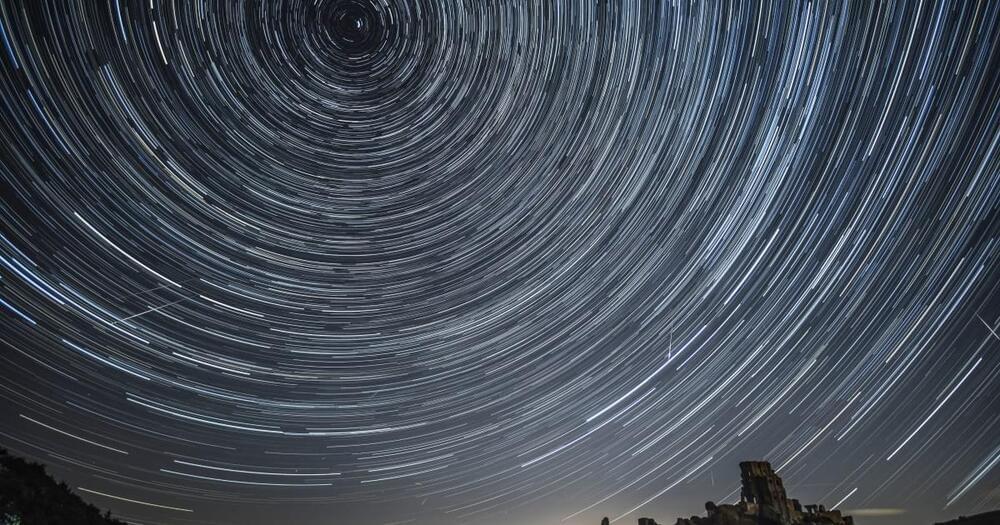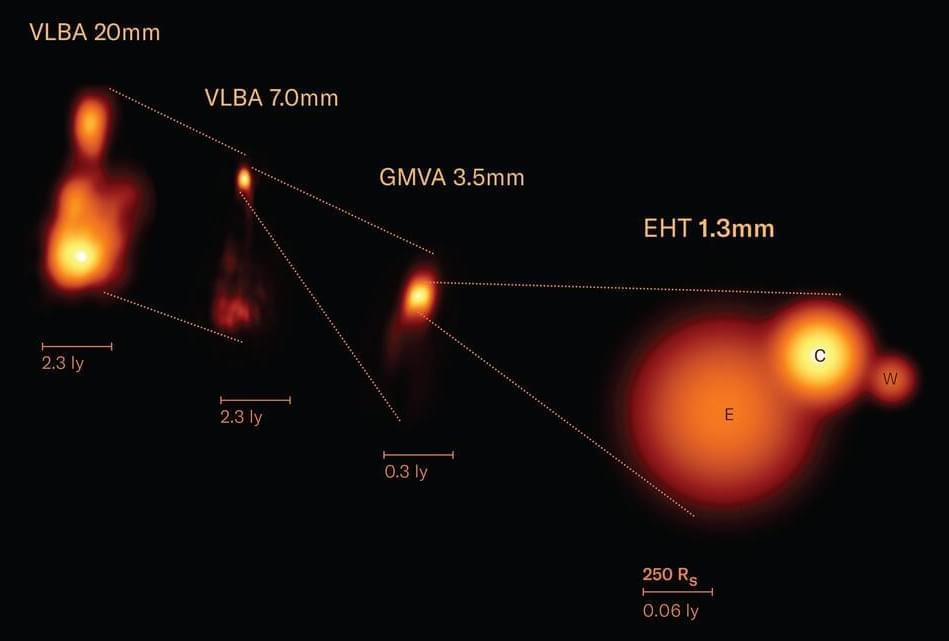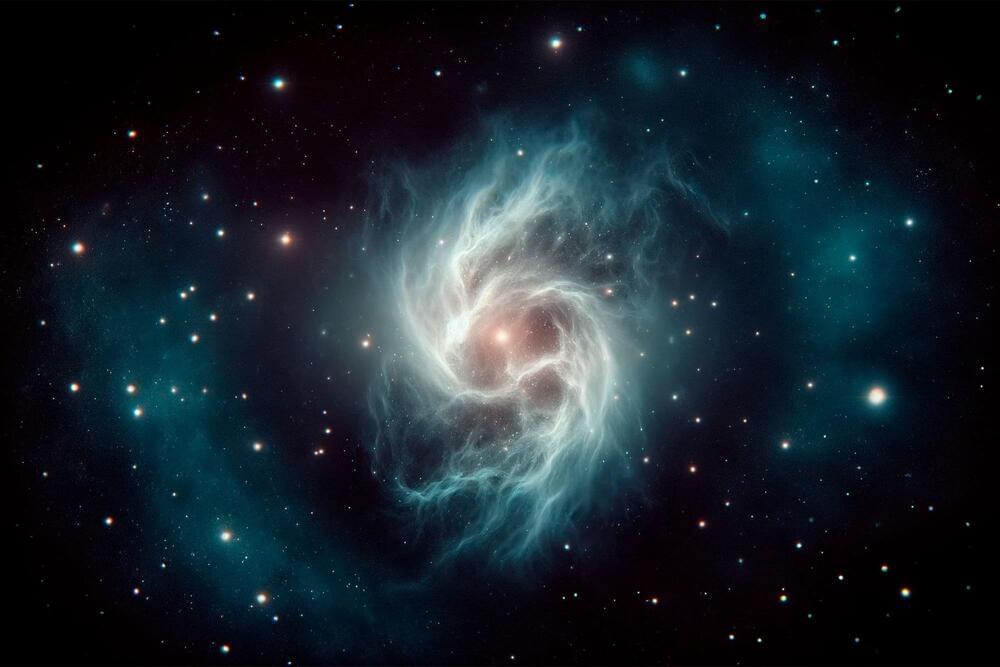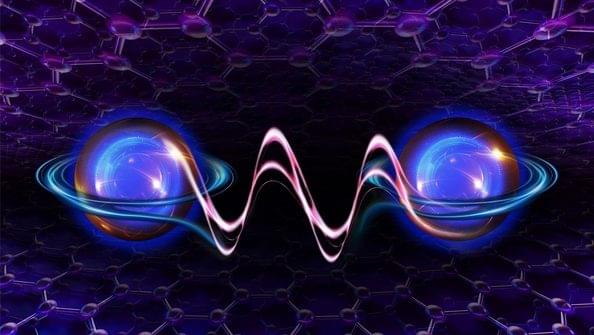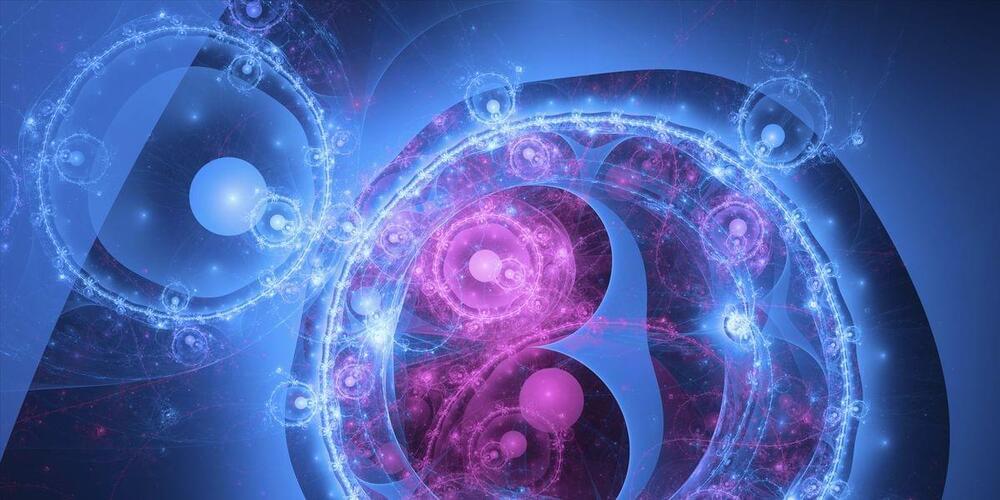More deathism from Mr Tyson. Really I’m a big fan but I dislike this sort of thinking. I commented on the vid.
What if we could live forever? Neil deGrasse Tyson takes us through life and death: if we could live forever what would life really mean? We explore why fresh flowers have meaning and why dogs make every day count. Learn about the Cretaceous-Tertiary Event, The Permian-Triassic Extinction, The Holocene Epoc, and how Earth is one killing machine.
Get the NEW StarTalk book, ‘To Infinity and Beyond: A Journey of Cosmic Discovery’ on Amazon: https://amzn.to/3PL0NFn.
Support us on Patreon: / startalkradio.
FOLLOW or SUBSCRIBE to StarTalk:
